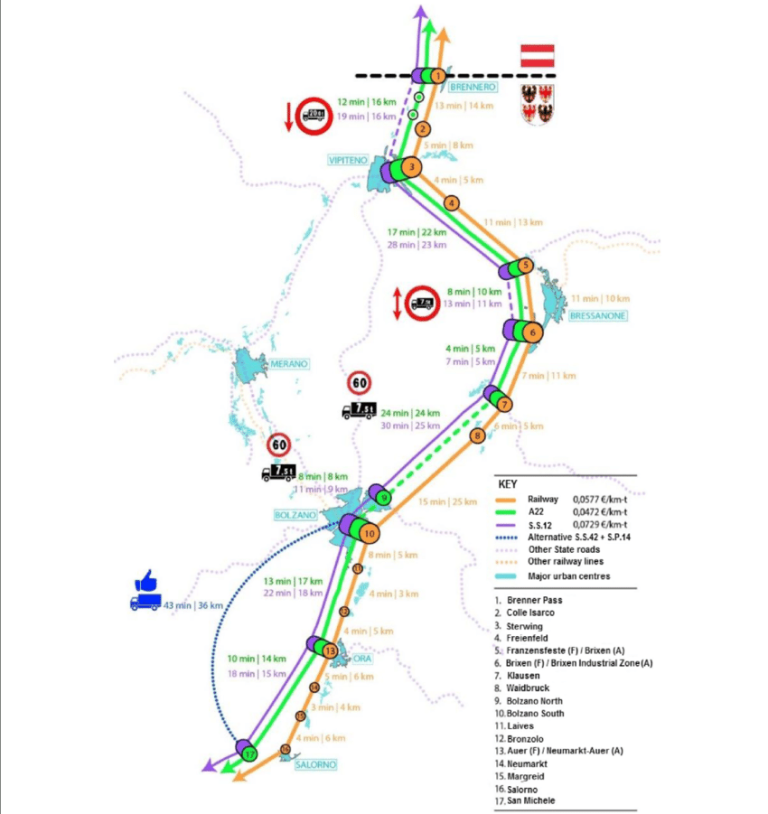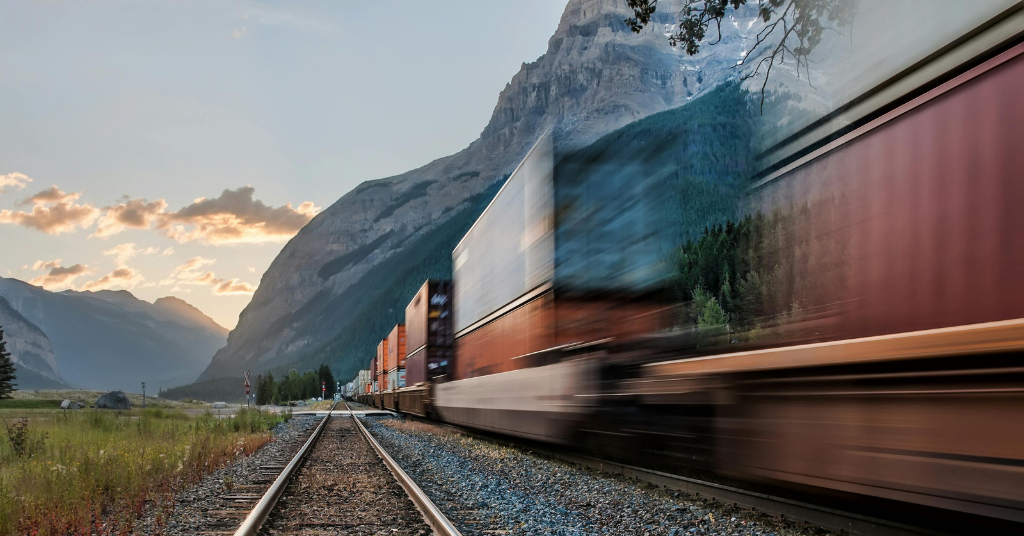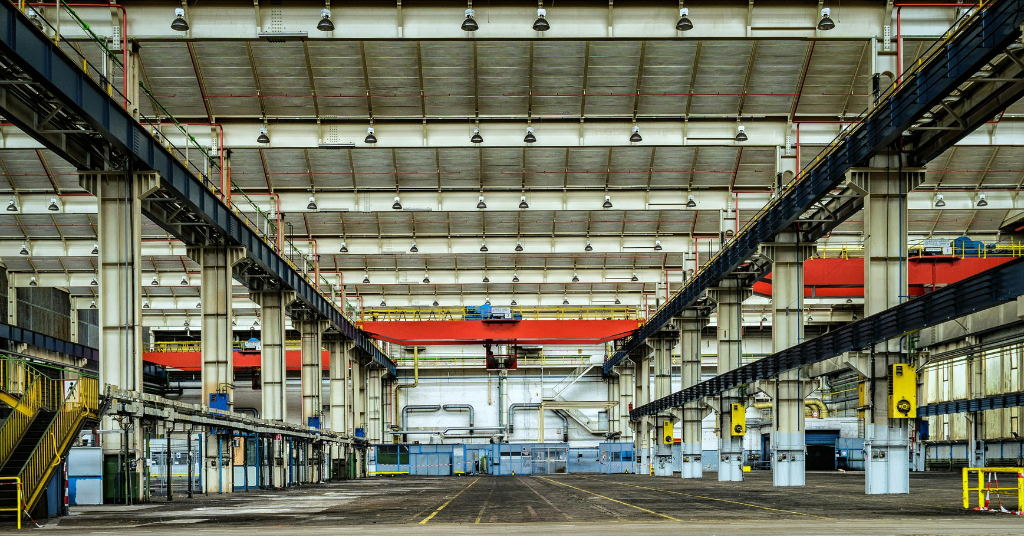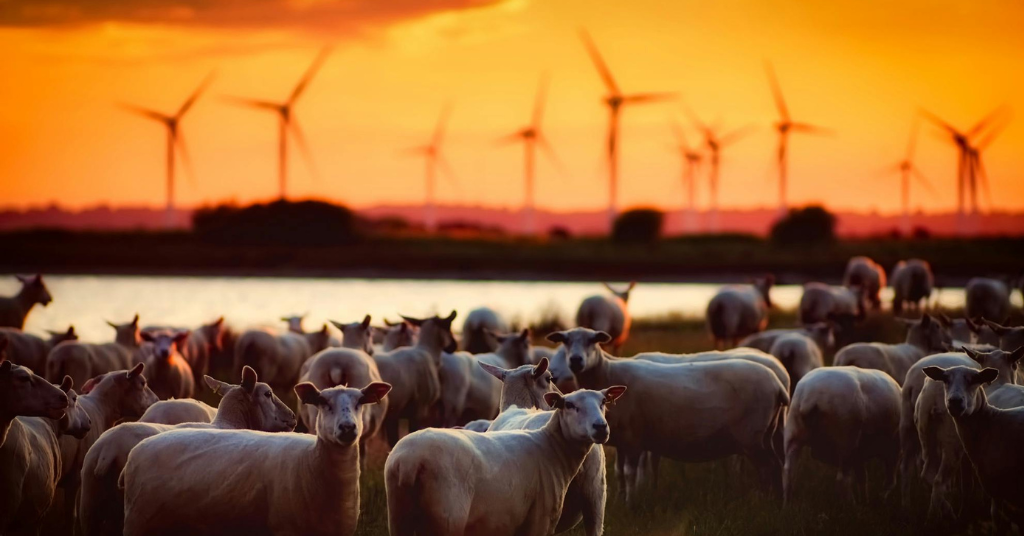What is Fit for 55 and where does logistics come in?
The Fit for 55 package is the European Union’s plan to reduce net greenhouse gas emissions by at least 55% by 2030.
It includes an expanded Emissions Trading System (ETS) and a new ETS for buildings and road fuels (ETS2), a Social Climate Fund, stronger Renewable Energy and Energy Efficiency directives, the Alternative Fuels Infrastructure Regulation (AFIR), and transport-focused measures such as FuelEU Maritime and ReFuelEU Aviation, plus the Carbon Border Adjustment Mechanism (CBAM).
Together, these instruments push for electrification, energy efficiency, and fuel substitution across the transport sector, logistics included. commission.europa.eu
Why rail matters: The numbers tell the story
Emissions per ton-kilometer: Across Europe, rail transport has a significantly lower carbon footprint per unit of freight than road haulage. According to the European Environment Agency, rail and inland waterways are the lowest-emission transport modes. eea.europa.eu
Example figures: around 17 g CO₂/tkm by rail versus 47 g CO₂/tkm by road, or even lower in certain networks (e.g. 2 g vs. 47 g CO₂/tkm in France). viia.com
Modal share: Yet most freight still moves by road. In 2023, road and maritime transport together accounted for 92.7% of total EU freight performance, while rail stood at only 5.5%, inland waterways at 1.6%, and air freight at 0.2%. ec.europa.eu
Some methodologies place rail’s share closer to 17%, but the conclusion is the same: the share has stagnated for years, leaving a large untapped potential for emission reduction through modal shift. destatis.de
The Rolling Road (RoLa): What does “truck on train” actually mean?
The Rolling Road, or RoLa, is an intermodal system where entire trucks (tractor + trailer) are loaded onto low-floor rail wagons, with the driver traveling in a separate carriage.
Its key advantage: it can be implemented quickly, even where cranes or container-based intermodal terminals are not yet available, making it a bridge technology between pure road and full intermodality.
European examples:
Brenner corridor (Austria-Italy): ÖBB Rail Cargo Group reported a 10-year record in 2021, carrying over 160,000 trucks via RoLa across the Brenner.
In 2023, about 104,000 trucks used the Trento–Wörgl Rolling Highway, while capacity exceeded 300,000 meaning there’s ample unused potential. railcargo.com

CO₂ impact (illustrative): For a 1,200–1,300 km journey, a RoLa or “rail motorway” trip may emit around 54 kg CO₂ versus 1,263 kg CO₂ for a road-only route with an average 23-ton load. railfreight.com
That’s a >95% reduction, depending on route, energy mix, and loading factors. viia.com
Why this could be a Fit for 55 accelerator?
Immediate, scalable CO₂ savings: On corridors like the Brenner, where RoLa capacity already exists, emission cuts could be realized fast by boosting utilization through pricing, incentives, congestion management, and easier booking. railfreight.com
Regulatory alignment: Under Fit for 55, policies such as AFIR, ETS2, and renewable energy targets collectively improve rail’s relative competitiveness against fossil-based road transport. commission.europa.eu
A policy window the new Combined Transport Directive: The European Commission’s 2023 Greening Freight package proposed updated rules to make combined transport cheaper and more digital. That directly benefits RoLa and “rail motorway” systems. transport.ec.europa.eu
How much could the EU save through RoLa?
- On the Brenner corridor alone, with capacity for 200,000-300,000 trucks, returning to 2021 levels (an extra +60,000 trucks on rail) could save roughly 70,000-75,000 tonnes of CO₂ annually (based on ~1.2 t CO₂ saved per trip). railcargo.com
- On an EU-wide scale, stronger combined transport could contribute materially to the 90% transport GHG reduction goal by 2050, as set in the EU’s Smart and Sustainable Mobility Strategy with RoLa among the “quick wins.” cefic.org
Why isn’t the modal shift happening yet?
- Low rail share in many Member States; single-track bottlenecks and limited network density. ec.europa.eu
- Operational barriers: congested alpine corridors, limited cross-border coordination, timetable misalignment, and terminal logistics issues. railfreight.com
Cost visibility: RoLa uptake depends on full supply-chain economics, road tolls, driver costs, fuel prices (affected by ETS2), and urban access restrictions.
Industry groups urge the EU to include combined transport cost-reduction goals explicitly in legislation. businesseurope.eu
Summary
To achieve the Fit for 55 targets, the European Union needs not only new fuels and technologies but also smarter logistics shifts.
The Rolling Road (RoLa), putting trucks on trains, offers a practical, immediately deployable way to cut road-transport emissions.
Rail emits roughly one-third the CO₂ of road freight per ton-kilometer, yet accounts for barely 5-6% of EU freight.
Operational RoLa corridors such as the Brenner route prove that with existing infrastructure, CO₂ reductions above 90% per trip are realistic.
As the ETS2, AFIR, and the revised Combined Transport Directive come into force, they jointly make the modal shift economically and environmentally compelling.
The challenge ahead is not invention but scaling up proven solutions with targeted incentives, terminal upgrades, and stronger cooperation between policymakers, rail operators, and hauliers.
The Rolling Road is no futuristic vision: the technology, the tracks, and the market are already there Europe simply needs to get on board.




